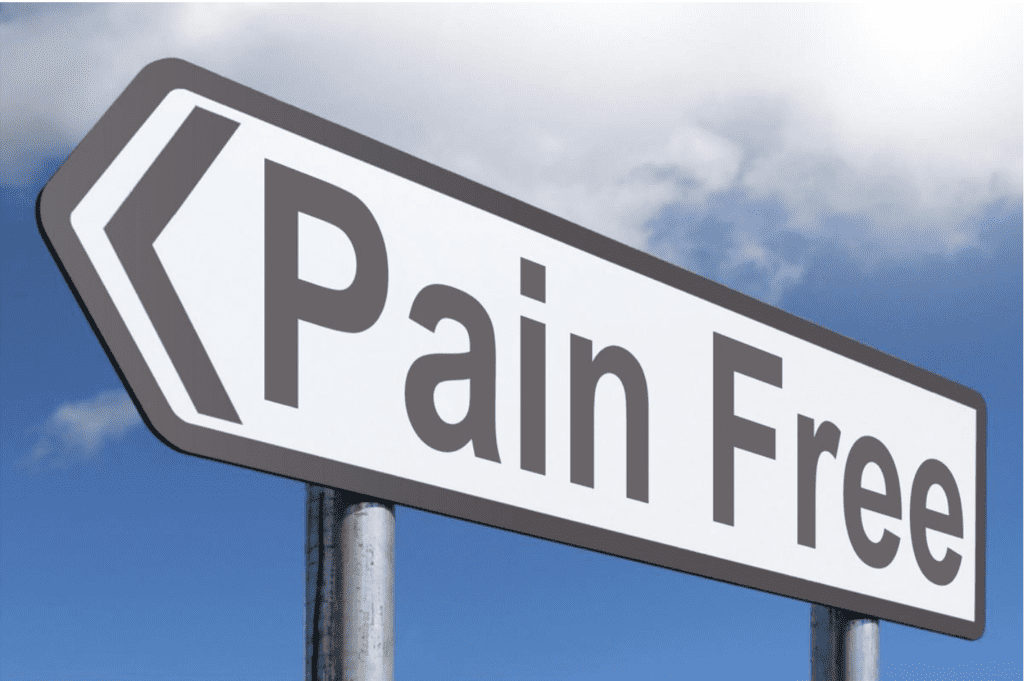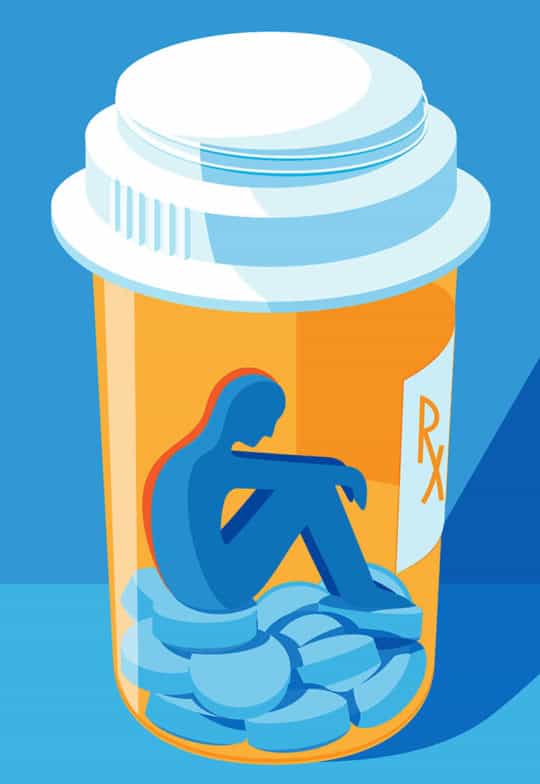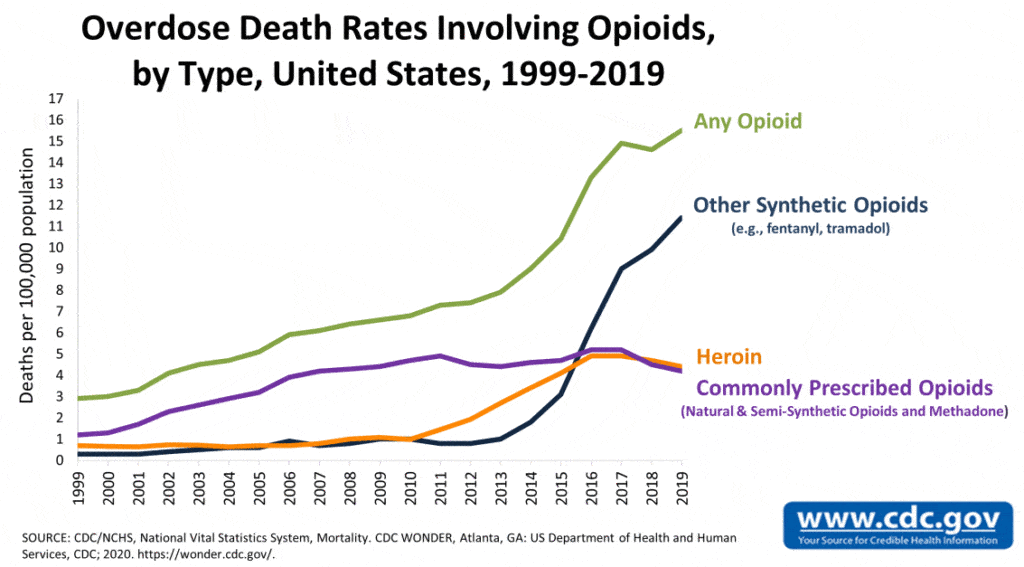Spend $50 and get FREE SHIPPING

Discomfort, whether physical or emotional, can deeply affect our quality of life. It can disrupt our ability to work, connect with loved ones, or simply enjoy the small moments that make life meaningful. According to a National Health Interview Survey, nearly one in five Americans regularly faces challenges caused by persistent discomfort.
This widespread issue has fueled a reliance on solutions that, while effective in the short term, sometimes come with significant long-term risks. One stark example is the opioid epidemic, which has impacted millions of lives and devastated families across the United States. The crisis highlights the urgent need for safer, non-habit-forming alternatives to support overall well-being.
Thankfully, many are turning to natural solutions like CBD, a promising tool that offers support without the risks associated with stronger interventions.

The Opioid Epidemic: A Growing Concern
Opioids, derived from the opium poppy plant, have been used for centuries to manage physical discomfort. While they can be effective, their potential for misuse and dependency is well-documented. Between 1999 and 2020, more than 500,000 Americans lost their lives to opioid overdoses. Even today, this crisis continues to escalate, fueled by overprescription and accessibility.
These medications are often prescribed for long-term discomfort but come with significant risks, including dependency and severe withdrawal symptoms. This creates a cycle that is hard to break, leaving individuals vulnerable to misuse and addiction.
The need for alternative approaches that prioritize safety and sustainability has never been clearer. died of opioid overdoses. The opioid death rate from overdoses has increased five fold since 2000 [wikipedia graphic].

Everyday Discomfort and Its Impact
Discomfort manifests in many ways, each with its unique challenges:
Acute Discomfort: Short-term sensations, often caused by injuries or overexertion, such as muscle soreness after a workout or strain from a fall.
Long-Term Discomfort: Persistent issues that linger for months or years, sometimes linked to repetitive stress or other ongoing challenges.
Mental and Emotional Impact: Physical challenges often go hand-in-hand with emotional struggles. Extended periods of discomfort can lead to feelings of frustration, anxiety, or sadness, diminishing one’s overall quality of life.
When discomfort begins to interfere with daily routines or diminishes the joy of living, it’s time to seek a solution that supports balance and well-being.
How CBD Supports Well-Being
CBD, short for cannabidiol, has become a popular option for those seeking natural ways to support their wellness. Unlike more aggressive treatments, CBD interacts with the body’s endocannabinoid system (ECS), which regulates functions like mood, sleep, and physical sensations.
Why Choose CBD?
Non-Habit Forming: CBD is non-intoxicating and non-addictive, making it a safe choice for long-term use.
Supports Natural Recovery: Many people turn to CBD to help them feel centered and rejuvenated after long days or physically demanding activities.
Encourages Relaxation: Whether through oil drops, patches, or bath bombs, CBD products provide an opportunity to unwind and restore balance.
CBD and Recovery
One of the most compelling reasons people explore CBD is for its potential to support recovery. Life’s physical challenges—whether they come from a demanding day, a tough workout, or daily stress—can leave us feeling worn down.
Many individuals report that incorporating CBD into their wellness routines helps them maintain balance and find moments of calm during these times. While more research is needed, early studies suggest CBD may also promote a sense of well-being during transitional periods, such as after periods of overexertion.
Popular CBD Products
Here are some of the most effective ways to include CBD in your self-care routine:
Full Spectrum Oil Drops: These versatile drops can be added to drinks or taken on their own. They offer a simple way to incorporate CBD into your daily habits.
Transdermal Patches: For localized support, transdermal patches provide a steady release of CBD throughout the day, perfect for those who need consistent care.
Bath Bombs: Combining luxury and relaxation, bath bombs let you soak in the benefits of CBD while indulging in a soothing experience.
Final Thoughts
Discomfort doesn’t have to define your life or keep you from pursuing what matters most. By embracing natural wellness solutions like CBD, you can take steps toward balance, calm, and a renewed sense of control.
CBD provides a way to support your well-being without the risks of habit-forming options. As research continues to expand, more people are discovering how this natural compound can be a meaningful part of their self-care journey.
Don’t let discomfort sideline your plans—explore how CBD can help you regain balance and thrive with confidence.
